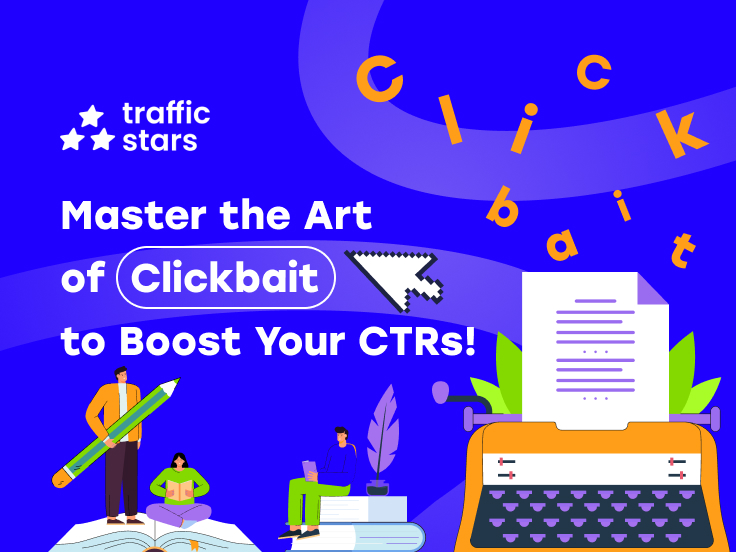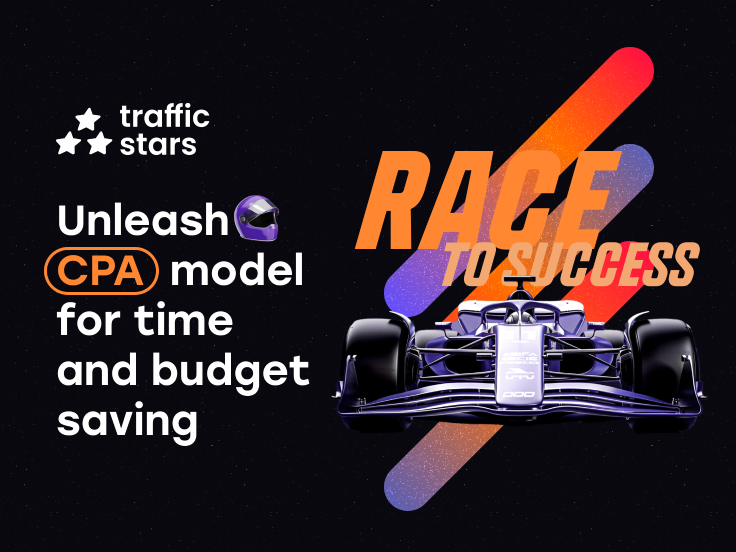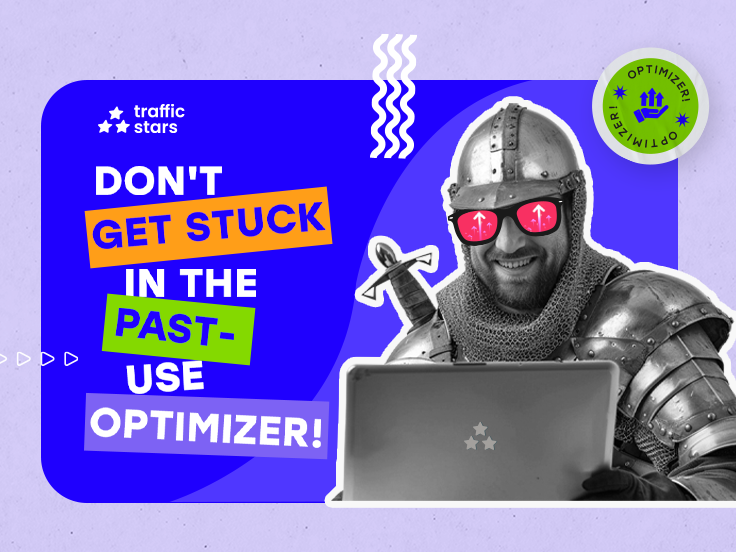
In today's fast-paced digital landscape, automation is key to success. With TrafficStars' Optimizer, advertisers can unlock the full potential of their campaigns and achieve unparalleled results.
The Future of Automation is Undeniable
This statement holds true in the world of advertising as well. However, many advertisers, for various reasons, overlook a powerful tool called Optimizer, making a huge mistake.
There are several reasons for this:
- Lack of understanding: Many advertisers don't fully grasp the capabilities of Optimizer and how to harness its potential.
- Intimidation: The perceived complexity of setting up and using Optimizer can deter some advertisers.
- Laziness or lack of time: Some advertisers simply don't want to invest the time and effort required to learn and implement Optimizer.
- Reluctance to integrate with their ad platform: Some advertisers are hesitant to integrate Optimizer with their existing advertising platforms, fearing disruption or complications.
This article aims to dispel these myths and demonstrate how Optimizer can help advertisers save time, money, and improve their ROI.
Benefits of Optimizer
- Save time and resources. Automate tedious tasks and focus on strategic decision-making.
- Maximize ROI. Optimize campaigns for conversions and revenue growth.
- Gain valuable insights. Analyze data and identify hidden opportunities.
- Stay ahead of the curve. Adapt to changing market conditions and trends.
How Optimizer Solves Your Key Challenges
Optimizing traffic is a crucial task for advertisers. Numerous variables can be optimized, including:
- Ad creatives
- Landing and pre-landing pages
- Device types
- Daypart and weekday targeting
- Ad spots and sites
- OS, browser, language, carrier, category, and more…
This results in a substantial list that must be carefully monitored and controlled to avoid losing money. Optimizer allows you to automate the majority of these variables.
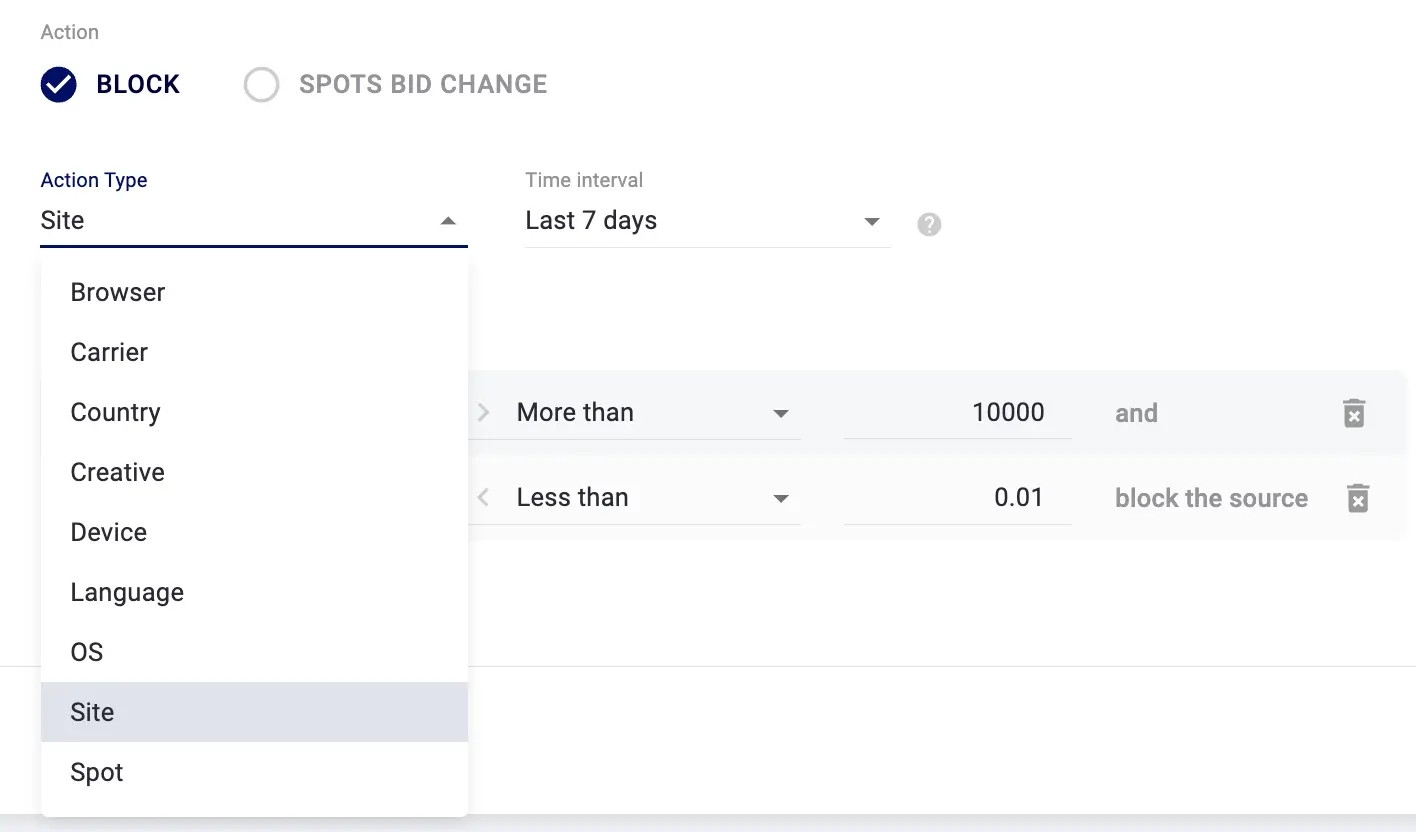
This is the core functionality of Optimizer. Let's now explore how to set up rules and integrate it into your advertising campaigns.
Setting Up Optimizer in TrafficStars
To ensure that Optimizer functions effectively in your advertising campaigns, you must first configure conversion tracking in your TrafficStars account using S2S PostBack or Tracking Pixel methods. It's important to note that you can partially use Optimizer without integration and transferring statistics to your advertising account. For example, you can set automatic rules for parameters related to CTR. We will provide examples of such settings below. However, we highly recommend setting up conversion tracking to fully utilize Optimizer.
Traffic Stars ⇄ Third-party tracker ⇄ Affiliate network
Traffic Stars ⇄ Affiliate network / In-house tracker
Both integration methods can be completed in under 10 minutes.
With the first method, if you use a third-party tracker, setup instructions are available within each tracker.
The second method is even simpler and involves one less redirect chain. You can directly connect the advertising network to the affiliate program without using third-party trackers.
You will be able to gain complete campaign insights with detailed data access in the TrafficStars statistics section:
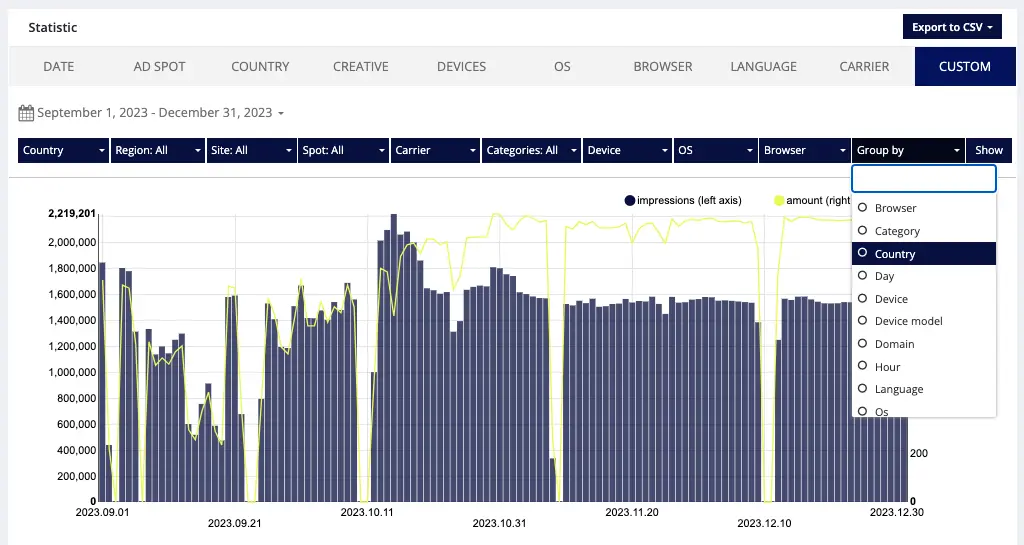
To set up conversion tracking:
- Go to the "Tracking tools" section and create a new postback URL.
- Use the "Advanced" type to generate the parameter {value}.
- Enter the required values to the "clickid" and "value" parameters.
![]()
Select "Custom" to set up postback with an affiliate network.
![]()
Save and paste the postback URL in the settings of an affiliate network.
Also, we have step-by-step guides with LosPollos and iMonetizeIt affiliate networks.
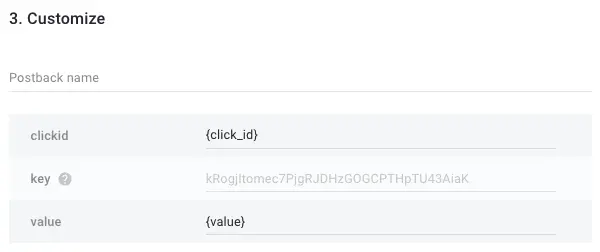
After setting up the postback, don't forget to add the clickid macro to the referral link (which users will click on from the ads). The clickid is used to track the unique ID of each click.

Now let's move on to setting up the Optimizer.
Setting Up Optimizer Rules
The Optimizer has a wide range of features. We can automate almost every variable. It is also important to note that once we set up specific rules, we can use them in any ad campaign. We will not have to recreate the same thing multiple times.
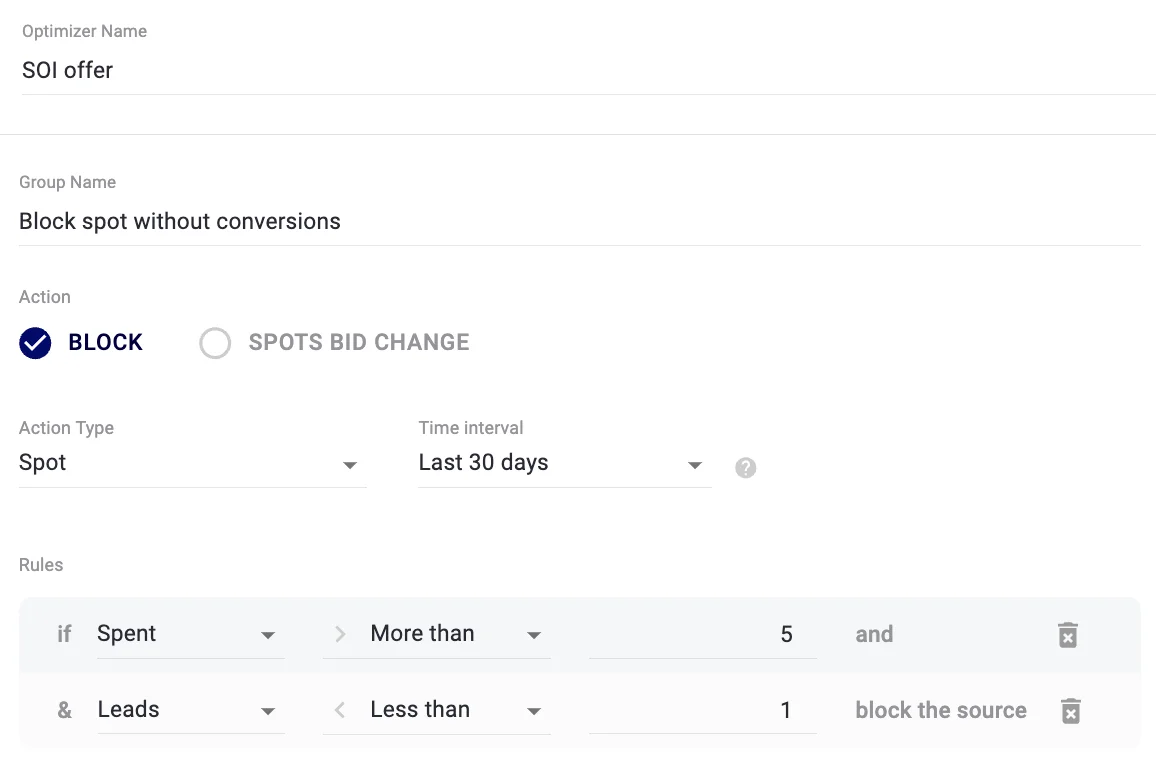
Although the tool is intuitive, let's take a look at the main parameters:
- Name. A short name of the rule for ease of reference.
- Group. We recommend naming it according to the purpose of the custom rule.
- Action. You have 2 options to choose from: site, spot, creative, device etc.
- Time interval. The time for which the optimizer will analyze the data.
- Rules. Setting rules based on the principle of “if” (top line) “and” (bottom line).
Like the example shows, if you spend more than $10 on a spot with no leads, then the ad spot is blocked. Simple!
Changing bids for spots works similarly - see examples below.
Examples of Optimization Rules
Now that you've mastered the foundation of Optimizer, let's translate this knowledge into action. Discover effective rule setups commonly used by affiliates.
To provide a clear picture, let's outline a hypothetical scenario where we promote an offer with the following parameters:
- Offer: Dating (SOI)
- Geo: Poland
- Payout: $1
Example #1
This setting means that a spot will be blocked if its spending within the advertising campaign exceeds $5 and it does not generate any conversions. In this way, the Optimizer cuts off ineffective spots that do not generate leads, preventing unnecessary budget waste.
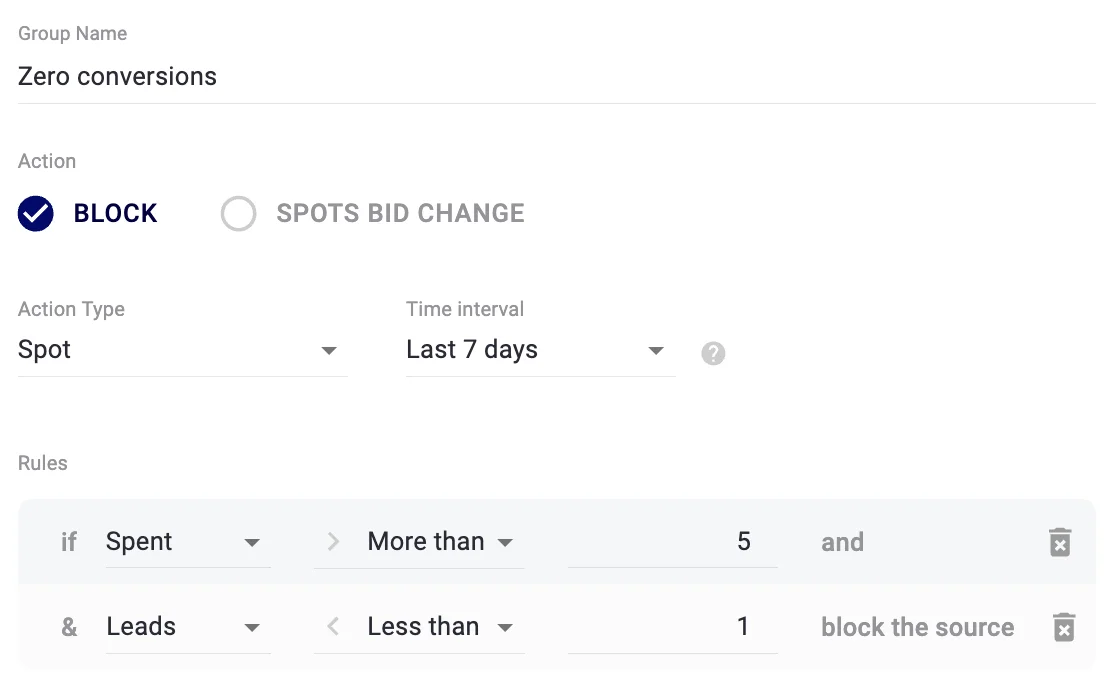
Example #2
This setting focuses on the CTR (Click-Through Rate) of the site. A spot is blocked if it has received more than 10,000 impressions and its CTR is below 0.01%. This allows us to automatically eliminate advertisements with low CTR, which are unlikely to attract user clicks and engagement.
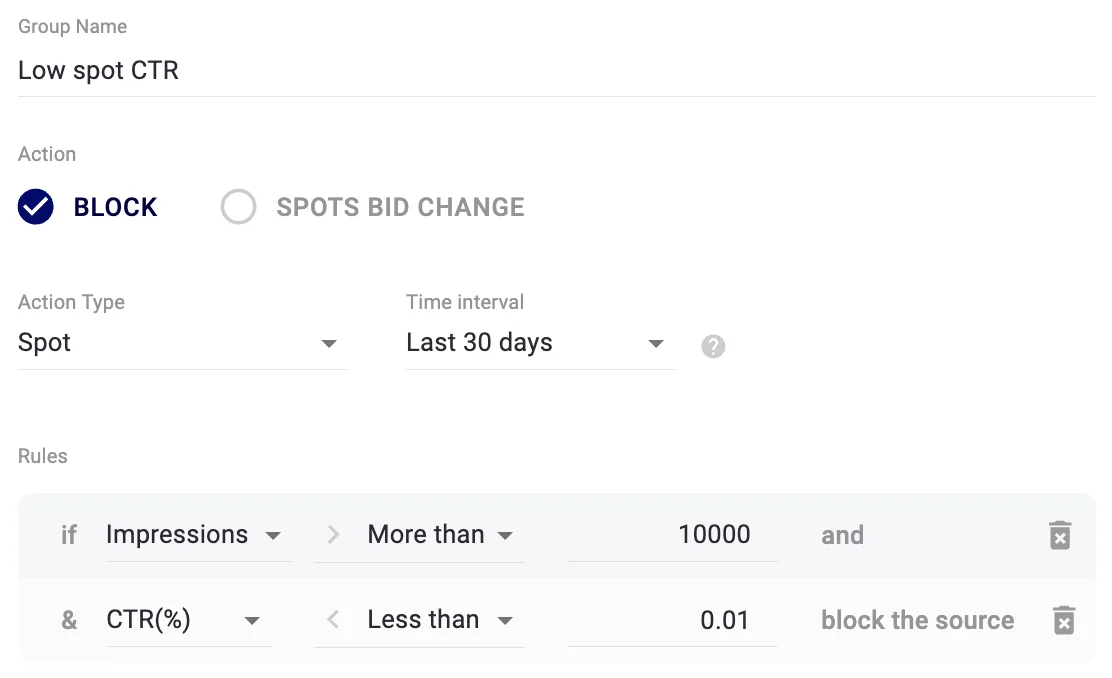
Example #3
Here are two examples of bid changes:
Bid will increase by $0.001 if the following rules are met:
- Spent $5
- ROI is higher than 20%
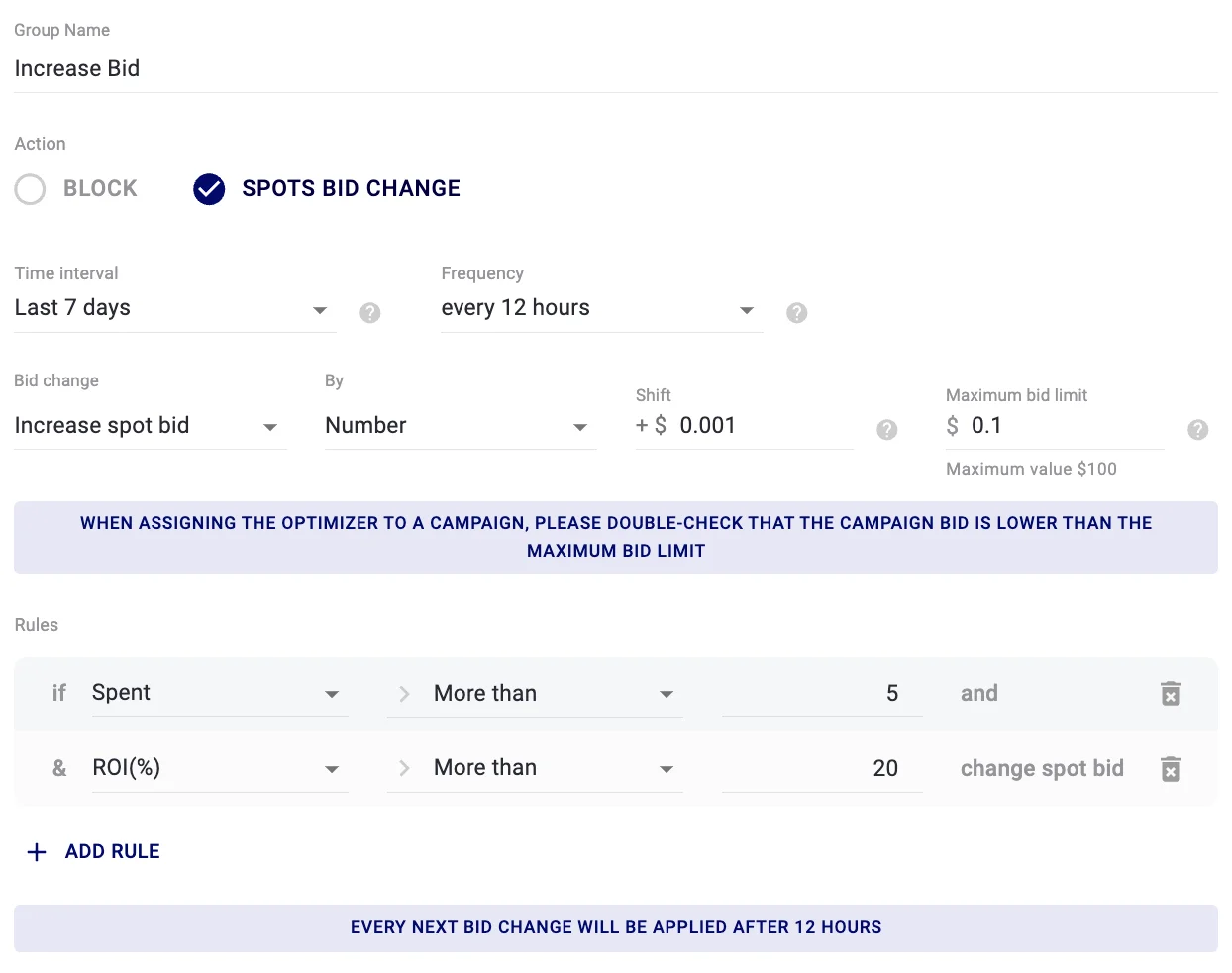
A similar rule can be set for decreasing the bid, if:
- Spent $5
- ROI is lower than 20%
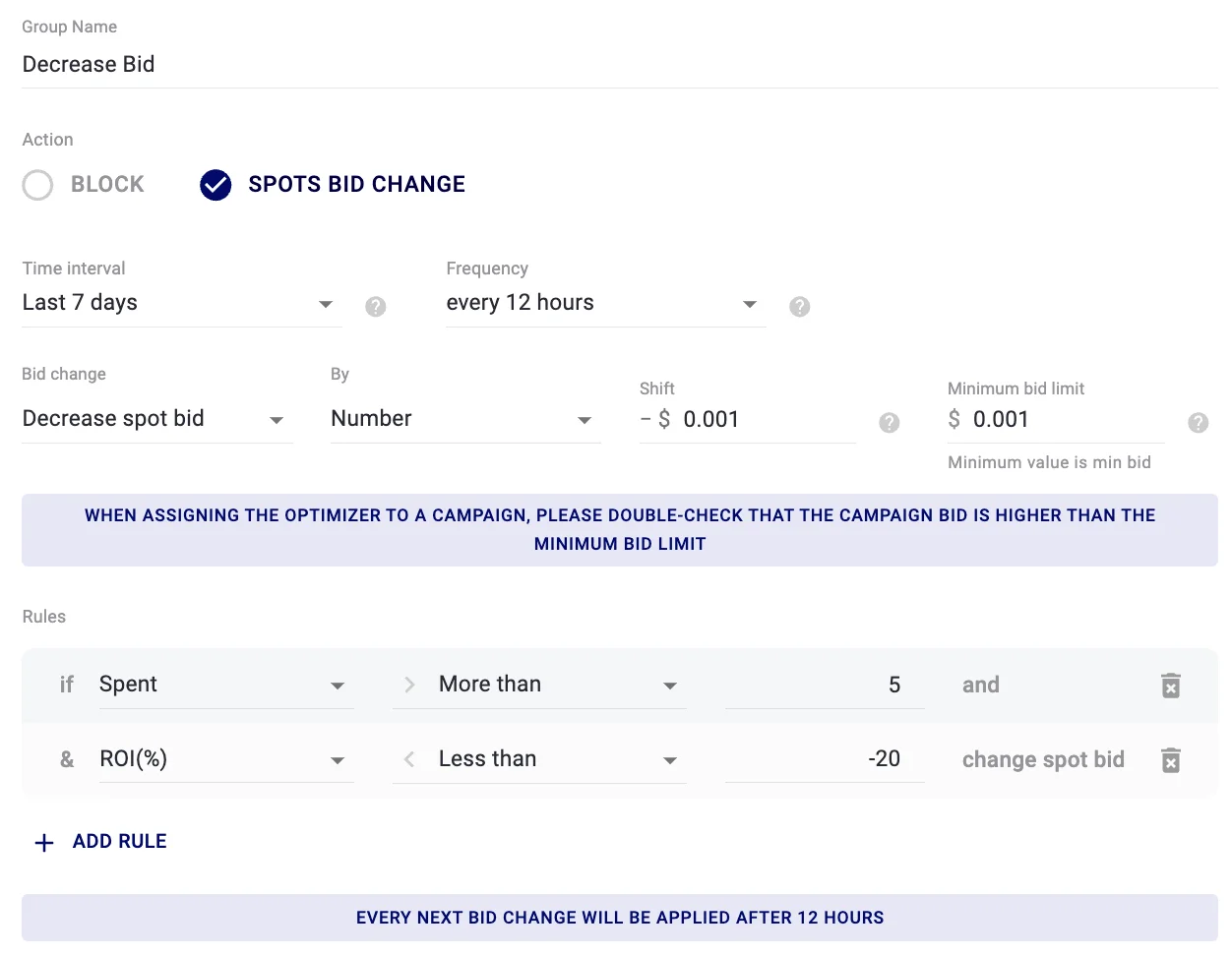
Pay attention to the time interval and frequency.
- 30 days is the interval on which Optimizer analyzes data.
- 6 hours is the frequency of the bid change.
Use these two rules in one group and advertising campaign.
Hope this helps!
Example #4
Let's explore another example of using Optimizer: You can automatically pause creatives with a negative ROI. For instance, if a campaign has spent more than $5 on a creative and its ROI is below 0, it will be automatically paused.
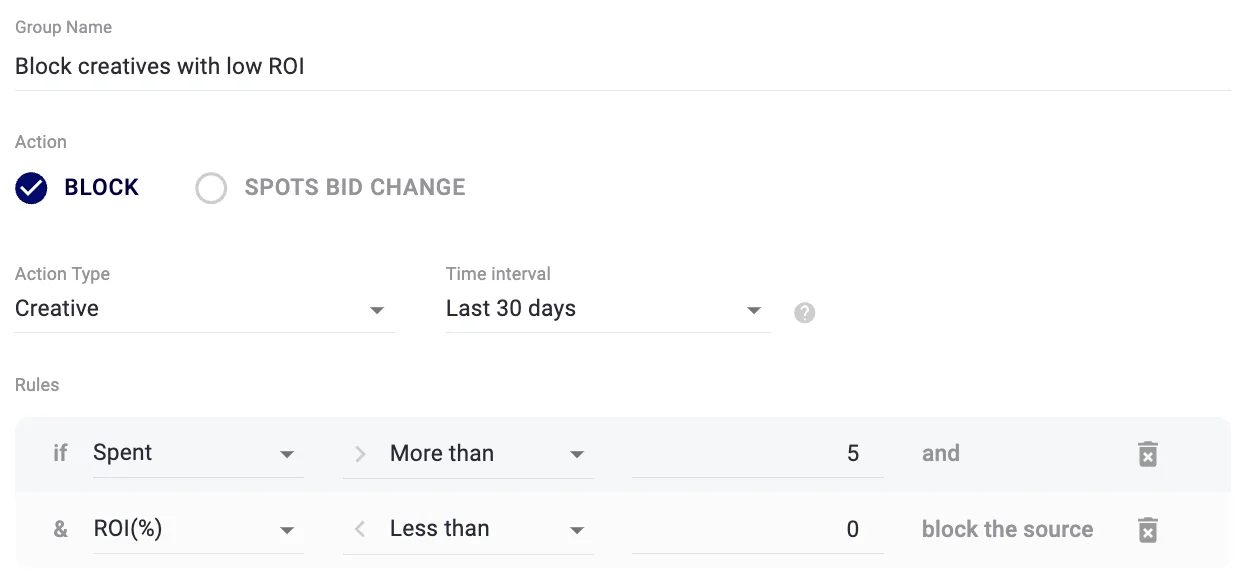
Things to Consider When Using Optimizer
There are a few key things to keep in mind when working with Optimizer:
- There is no one-size-fits-all approach. Even if you have a similar offer, applying the same rules as in the example does not guarantee success.
- Consider the specifics of your approach. The number of pre-landers/landers, creatives, targeting, blacklists and whitelists all affect how Optimizer works.
- Strike a balance when blocking sources. Overly restrictive rules can hinder the testing of new platforms. Budget for five times the cost of a conversion to test a spot.
Conclusion
Time waits for no one. Technologies and trends are constantly changing and evolving. To stay ahead of the curve, it is essential to keep up with the times.
Automation is becoming increasingly prevalent in all aspects of our lives, including digital advertising. Learning and implementing new tools can help you improve your productivity and, ultimately, your profits.
Don't miss the opportunity to improve your strategies with Optimizer! 🚀


.jpg)
